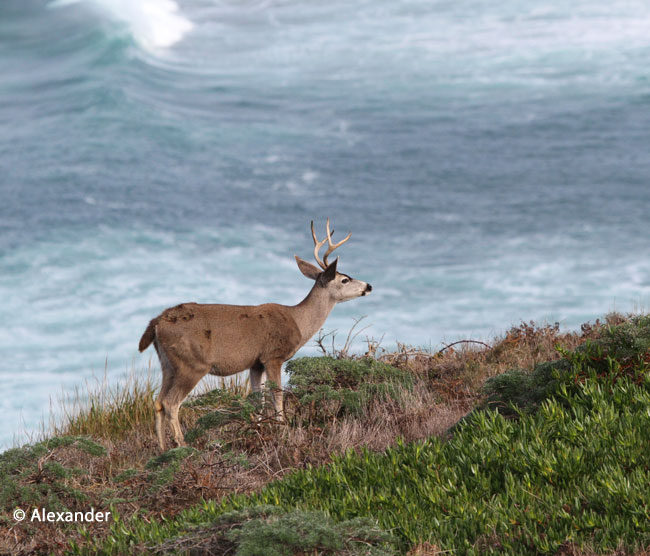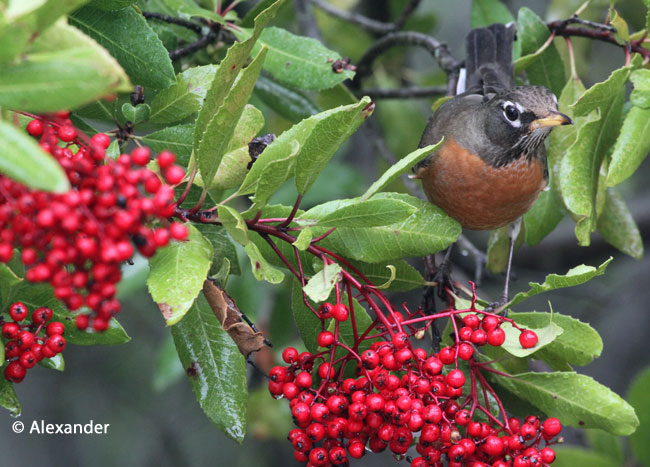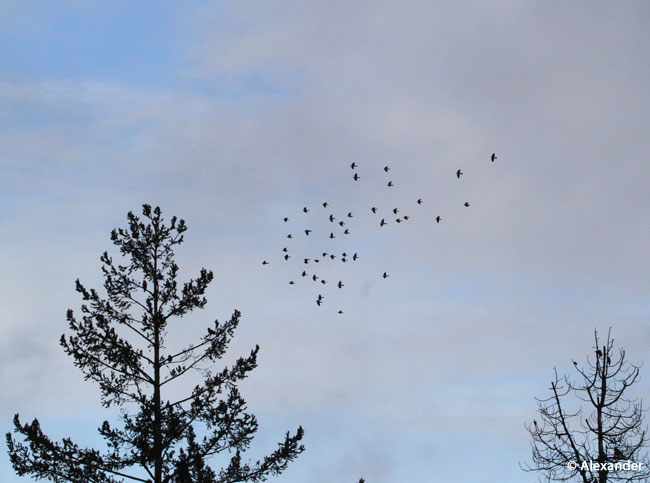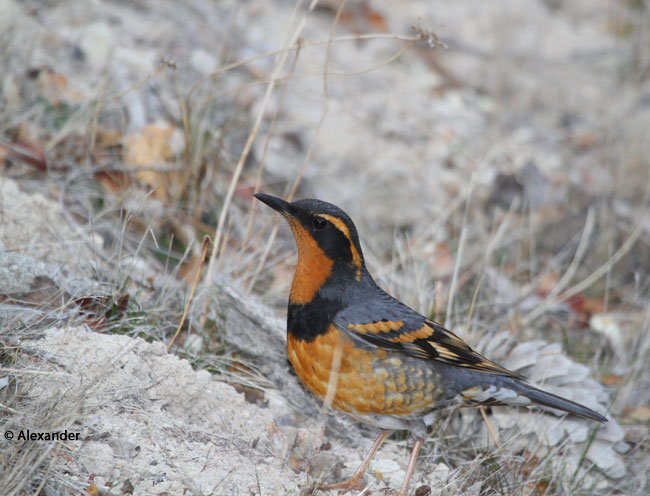As an iconic San Francisco landmark, Coit Tower offers history, art and outstanding panoramic views. The murals inside Coit Tower are some of the best in this mural-rich city.


The first floor, stairwell, and second floor of Coit Tower feature murals telling stories about California and San Francisco in the late 1920s and 1930s.
Completed in 1934, the murals were funded by the New Deal Public Works of Art Project (PWAP) in the middle of the Great Depression. Twenty-seven murals in the American Social Realism style, done by 44 artists and assistants.
It was the first and largest project sponsored by the New Deal and influenced other New Deal art across the country. See map at end. Many of the most important Bay Area artists of the time were hired to create the artwork.
Coit Tower, a national historic landmark, was built in 1932-1933 and is an Art Deco 210-foot (64 m) tower erected as a tribute to the volunteer firemen who had died in San Francisco’s five major fires.
More info:
Coit Tower Wikipedia, including a detailed layout and description of each mural.
Most of the murals are very large. This photo, below, from “City Life” by Victor Arnautoff is only a segment of the 10′ x 36′ art piece.
Arnautoff was the supervisor of the mural project and, with another prominent muralist, Bernard Zakheim, successfully sought the New Deal commission.

The murals beautifully represent the passion of the artists and the life of the times. Themes include socialism, various industries, working people, classism, the Depression, California history, farming and agriculture, streets of San Francisco, recreation and more.
In short: life in California in 1934.
Several of the Bay Area artists who painted these murals had studied under painter Diego Rivera at his Mexico City studio and had leftist and Marxist leanings.
The finished murals at the time were so controversial that the official opening was delayed for several months until a few things were removed from the art, primarily a hammer and sickle.
The “Industries of California” mural, below, was done by Ralph Stackpole, a leading San Francisco artist of the time dedicated to drawing attention, through art, to the socio-political conditions of the working class.

“Banking and Law” by George Albert Harris depicts the Federal Reserve Bank, Stock Exchange, and a law library, below.

There were four women artists who worked on the Coit Tower murals. Maxine Albro painted the “California” mural, displayed in the two photos immediately below.
This large fresco is 10′ x 36′ and depicts a variety of California agricultural harvest scenes. Crops include hay, flower, oranges, apricots, almonds and grapes.
This mural is my favorite for its cheerful, productive, colorful nature.


This 10′ x 27′ fresco, below, “California Agricultural Industry” was painted by Gordon Langdon and Helen Clement.

Although the rotunda murals are open and free to the public, observing the stairwell murals usually requires a docent-led tour with a fee.
But when we visited earlier this month, the elevator was out of order and visitors had to walk the 234 steps to the top.
This gave us the dazzling opportunity to see the stairwell murals, which I had never seen. We also got some exercise.
This stairwell mural, below, called “Powell Street” by Lucien Labaudt, was painstakingly painted on both sides of the narrow, steep, spiral staircase and integrates the incline of the steps with the scene. It is the largest mural here, with two panels, each one 6′ x 32′.

“Collegiate Sports” painted by Parker Hall (below) is a 9′ x 13′ fresco located on the second floor of Coit Tower and includes many sports, a few featuring women.

In 2013 Coit Tower was closed to the public for renovations. The murals underwent an extensive six-month art restoration repairing scratches and water damage; the building underwent structural changes. The $1.7 billion renovation was sponsored by a citizens’ coalition proposition and voted in by residents.
It re-opened in May 2014.
The murals offer a palpable look into life during the Great Depression when economic hardship, high unemployment, widespread business failure and deep despair gripped the nation and the world.
While the murals are, in my opinion, the most remarkable aspect of Coit Tower, the incredible 360-degree views at the top are also truly splendid.

Both bridges can be seen from this perch in the sky. The Golden Gate Bridge, below, and the Bay Bridge, below that.


This photo, below, shows the new waterfront Ferris wheel at Fisherman’s Wharf, and also Alcatraz Island and San Francisco Bay. It was 10:30 am and morning fog was still dissipating.

Below you can see another popular San Francisco landmark in the center of the photo. Lombard Street also known as “the crookedest street in the world.”

A visit to the past, a bonanza of art, or a birds-eye view of the present–it’s all here at Coit Tower.
Written by Jet Eliot.
Photos by Athena Alexander.


Courtesy Wikipedia.
















































































































































